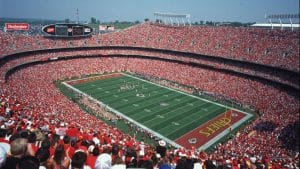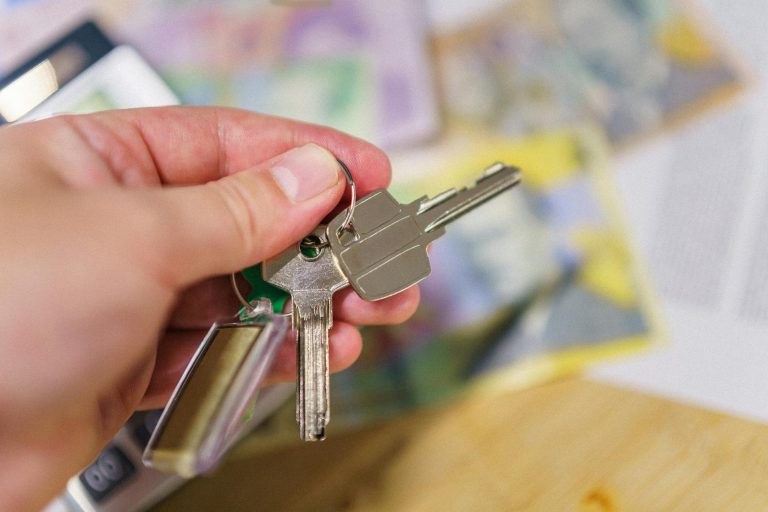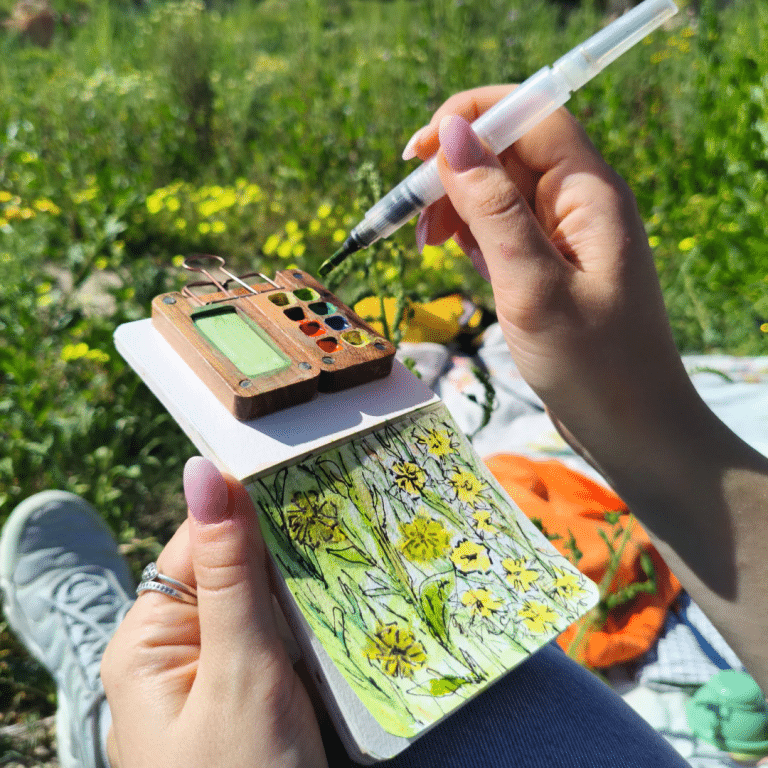Lawns are resilient: most summer browned lawns bounce back if you act this week. If you’re staring at dull, straw colored patches and wondering if your yard is heat stressed, you’re not alone.
Right now, do one thing: before the sun climbs, give the worst areas a deep soak and push a screwdriver into the soil to see how dry and compact it is. The grass probably feels crunchy underfoot, and your footprints linger like ghosts.
Heat Stress or Something Else: Quick Checks to Confirm
- Look for the color shift: bright green → dull green → gray blue cast → tan. That gray blue stage is the early warning that water is running out.
- Footprint test: walk across a patch. Healthy grass springs back in seconds. Stressed grass stays flattened.
- Blade shape: leaves look limp or slightly curled, not crisp and upright.
- Hot spots: edges along sidewalks and driveways, sunny slopes, and south/west exposures brown first.
- Screwdriver test: if a screwdriver won’t go in more than 2 inches, it’s dry/hard. If the surface feels mushy or smells musty, you may be overwatering or dealing with disease instead of heat stress.
- Quick pest/disease check: if you see perfect rings or “smoke circles” in the morning dew, think brown patch (fungus). If you part the grass and see tiny bugs in the thatch or sudden bird feeding frenzy, think armyworms or chinch bugs.
Today: 3 Fast Steps to Stabilize Heat-Stressed Lawns
Deep Morning Soak: Half Inch per Zone, Cycle and Soak
Water early, and deeply: about half an inch per zone (roughly the depth of water that fills a tuna can halfway). If the soil sheds water, water in two or three shorter cycles 30 minutes apart so it can soak in. Re-test with the screwdriver you want moisture 4-6 inches down. You’ll start to see blades look less curled within hours. Within 24-48 hours, footprints should bounce back faster.
Raise the Mower: 3.5–4 in Cool, 2.5–3 in Warm
Set cool season grass (fescue, bluegrass, rye) to about 3.5-4 inches. Warm season types (Bermuda, zoysia, St. Augustine) can sit comfortably around 2.5-3 inches. Taller blades shade the soil and protect roots. Leave clippings they act like a free mulch. By the next mow, your color often looks more even. In a few days, those “hot” patches scorch less.
Reduce Traffic for a Week: Protect Stressed Areas
Pause heavy traffic for a week. Move yard games, trash cans, and dog paths off the worst areas. Stressed turf can’t handle compaction on top of heat.
Why Heat Stress Happens: The Plant’s Response
When temperatures push past what your grass prefers, it shuts tiny leaf pores to save water. That also shuts down growth. If the soil is dry or compacted, roots can’t pull enough moisture to keep up, so leaves wilt and color drops from green to gray blue to tan.
Shallow, frequent watering makes roots live near the surface the hottest, driest layer so heat stress hits even faster. Deep, spaced out watering grows roots deeper where it’s cooler.
What Makes Your Yard Worse: Sun, Slopes, Compaction
Heat is the spark, but site conditions decide how bad it gets. Full sun front lawns, south or west facing slopes, and strips along driveways cook first because the soil bakes and water evaporates faster. New sod with shallow roots dries out in hours.
Compacted zones (where kids play or mowers turn) can be bone dry below the top inch, so water can’t penetrate even if you irrigate. In arid stretches, soil can even turn hydrophobic water beads and runs off instead of soaking. If that’s you, use shorter, repeated watering cycles, or add a “wetting agent” product to help water move into the soil.
Rule Out Pests and Disease: How to Tell vs Heat
Both underwatering and overwatering can give you brown spots. Here’s a quick split: dry, tight soil with gray blue blades points to heat/drought. Soft, mushy soil with a musty smell points to too much water or a fungus and comparing symptoms in common turf disease photos helps confirm what you see.
In humid spells, brown patch disease can flare look for circular patches with a darker edge early in the day. In hot, dry stretches, chinch bugs and armyworms love stressed lawns.
If you suspect insects, do a simple check: push an empty coffee can a couple inches into the turf near the damage, fill with water, and watch for floating bugs. If rings or bugs show up, treat that issue in addition to managing heat.
Lawn Recovery Signs to Watch, and When to Worry
Give your lawn a week of steady, smart care and watch for small wins:
- You’ll know it’s working when footprints rebound faster and blades look less curled within 24-48 hours.
- Good sign after 5-7 days: the soil feels cooler and softer a few inches down, and you notice fresh green tips at the edges of brown patches.
- Progress looks like this by 10-14 days: color evens out, and the patchiness shrinks. If areas stay straw colored and the crowns (the white base where leaves emerge) are crispy, that tissue is dead. Plan to overseed (cool season) or plug/sod (warm season) once the heat breaks.
Watering That Works in Heat: Amounts and Timing
Skip daily spritzes. Aim for about 1-1.5 inches of total water per week during heat rain plus irrigation delivered in two or three deep sessions. Always water early morning so blades dry by evening.
If your city has restrictions, use the allowed days for deep cycles and break each zone into shorter repeats to improve soak in. Keep blades high, keep mower blades sharp, and skip fertilizer until the lawn is actively growing again. Feeding a stressed lawn can scorch it.
Grass Types and What to Expect in Heat
Cool season lawns (fescue, bluegrass, rye) struggle most in heat and may go partially dormant to survive. That can look scary, but it’s a protective pause and dormant vs disease checks help you verify it. Warm season lawns (Bermuda, zoysia, St. Augustine) tolerate heat better but still brown where soil is compacted or shallow rooted.
In our midsummer lawn visits, we see the same pattern in 9 out of 10 cases: edges along concrete burn first, then sunny slopes, then compacted traffic lanes.
Prevent the Next Heat Wave From Scorching Your Lawn
- Start deep watering before the first big heat spike so roots are already down.
- Aerate compacted soil in spring or fall. Follow with compost topdressing to hold moisture.
- Mow high all summer. Never remove more than one third of blade length.
- Hand water hot spots (curb strips, slopes) during heat waves it prevents most patching.
- In humid climates, water at dawn only. In arid climates, use cycle and soak to beat runoff.
Whether you DIY or call for backup, you’ll get better results when you confirm moisture below the surface and adjust mowing first. If you’d like a precise read, we diagnose heat stress with moisture meters and soil probes (we check three depths, not just the surface) and can usually get you a same week plan. Either way, you’ll know what’s heat, what’s something else, and exactly how to get your lawn back on track.













